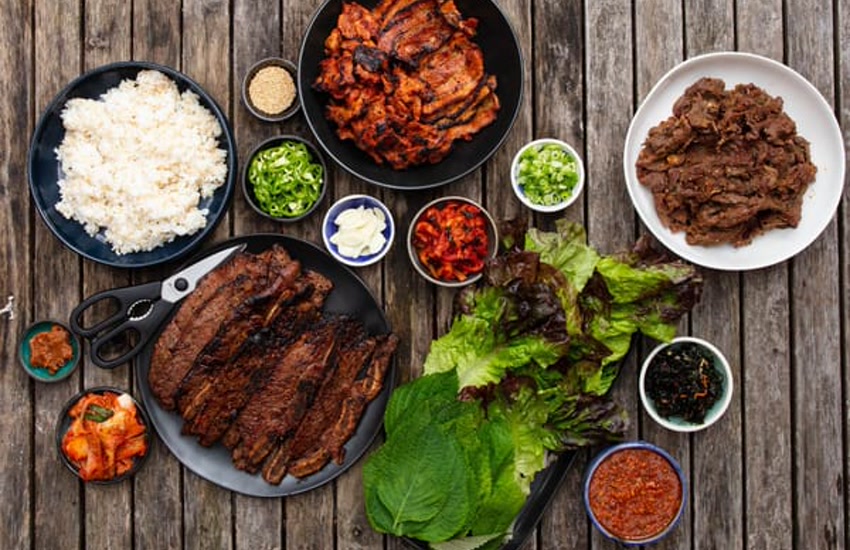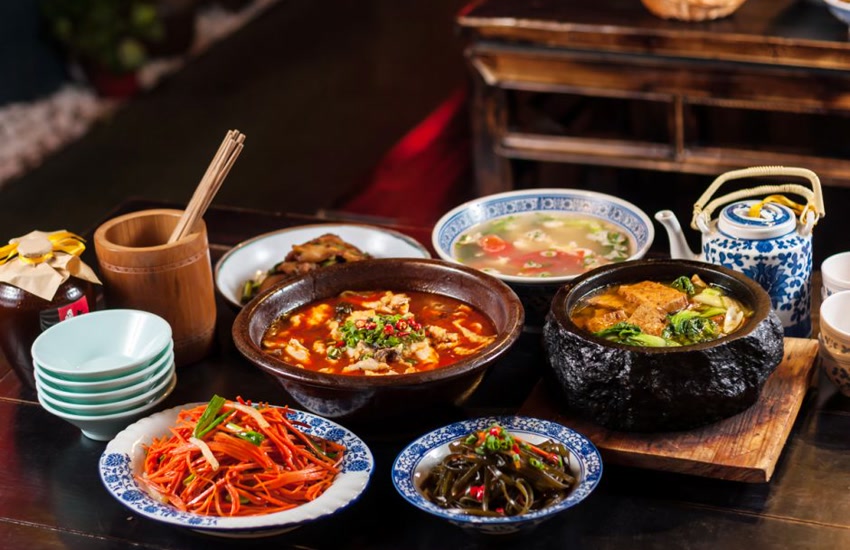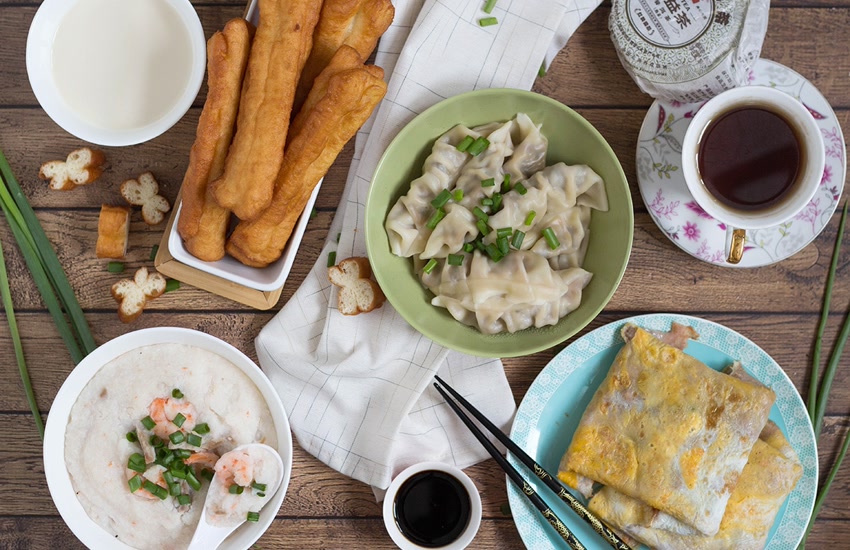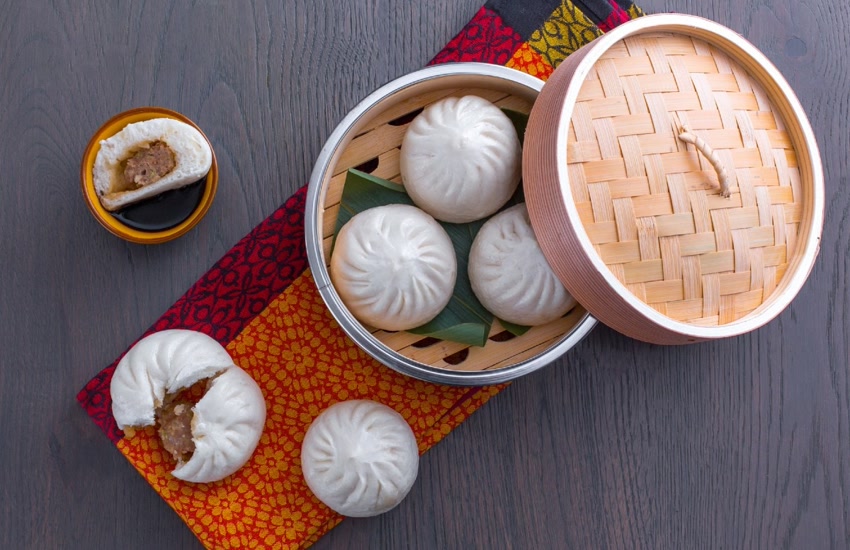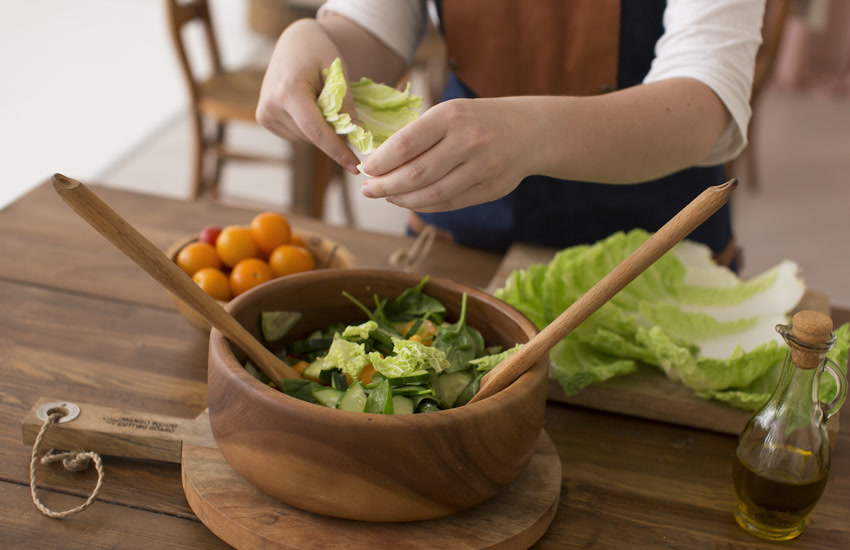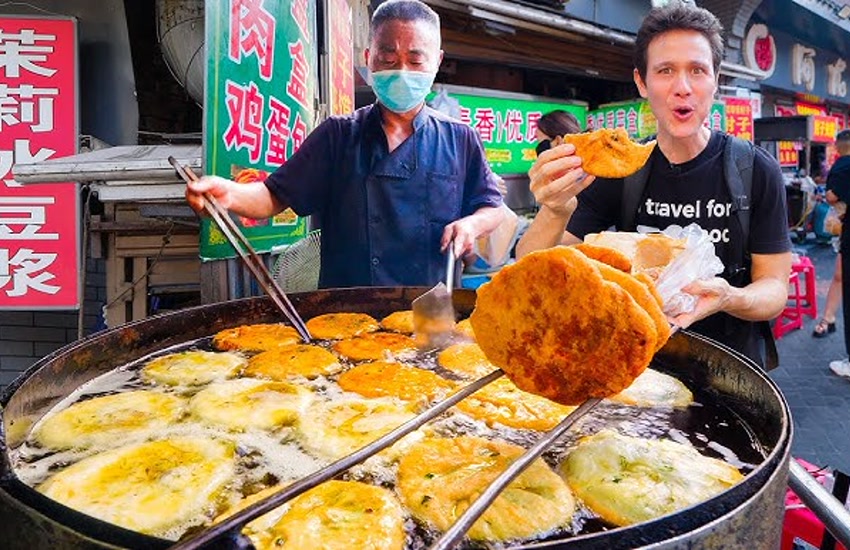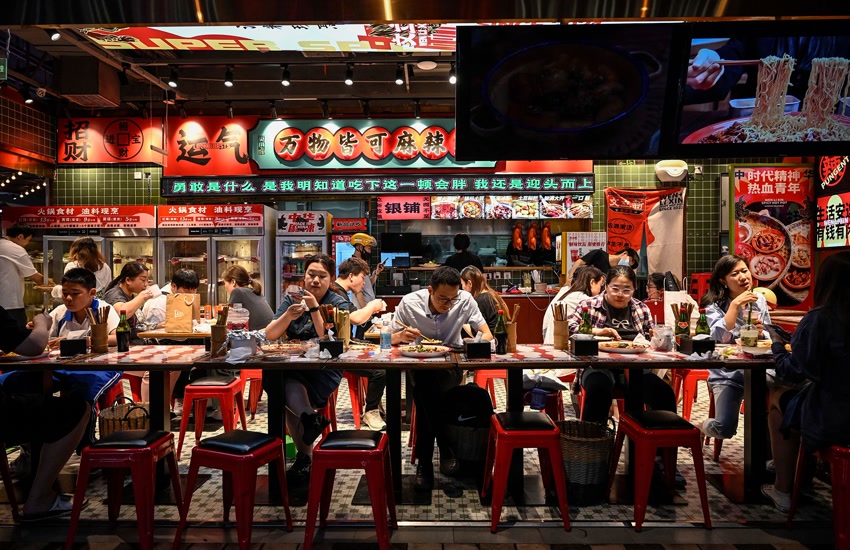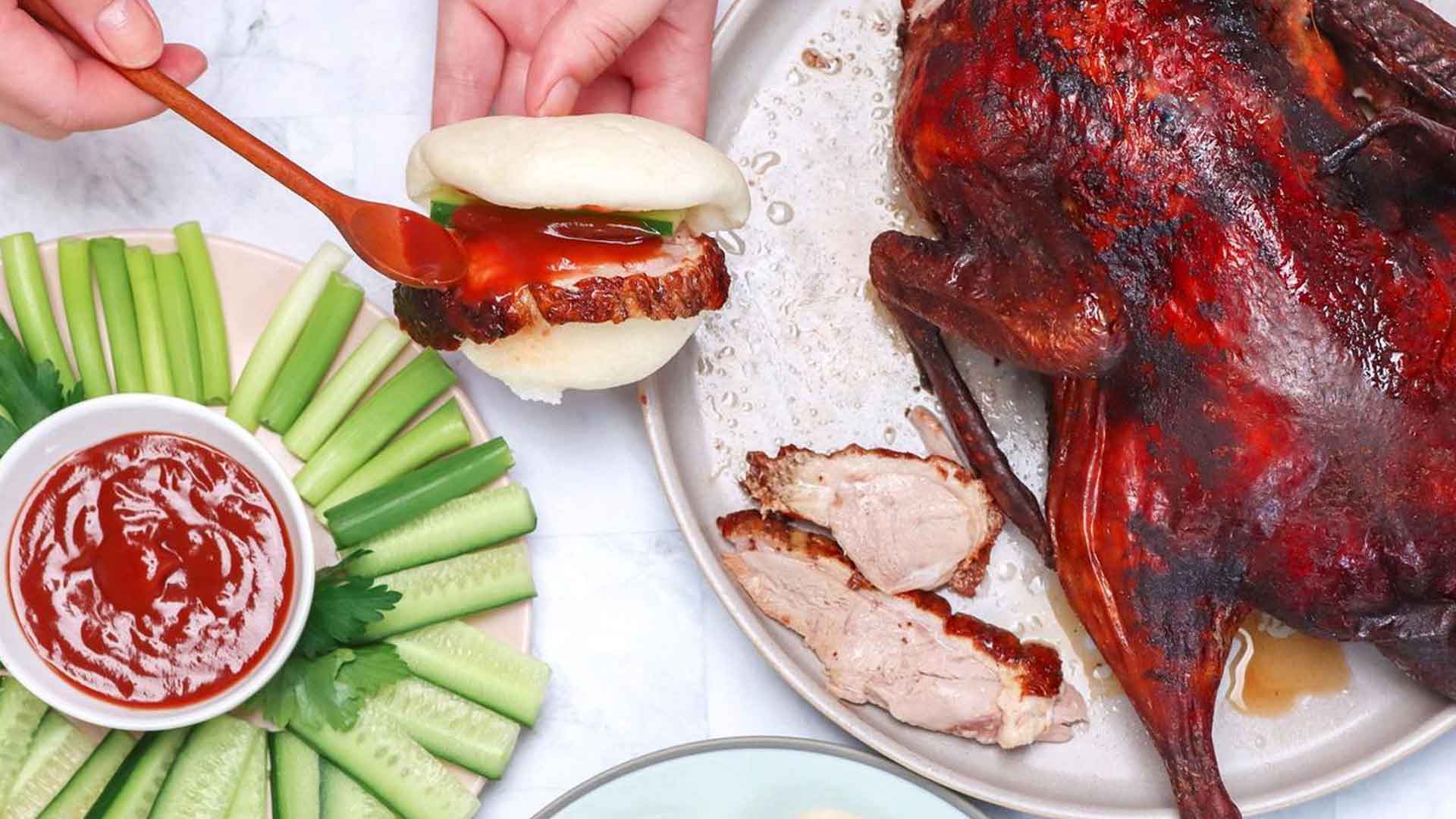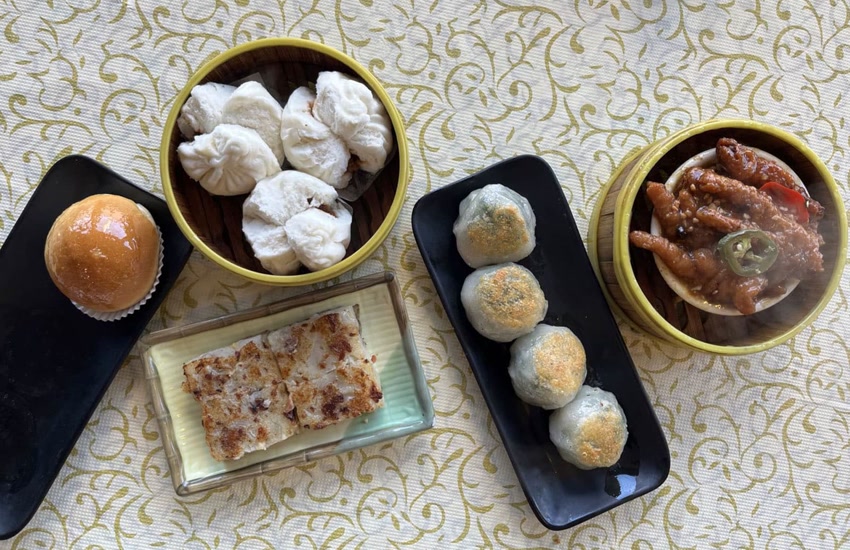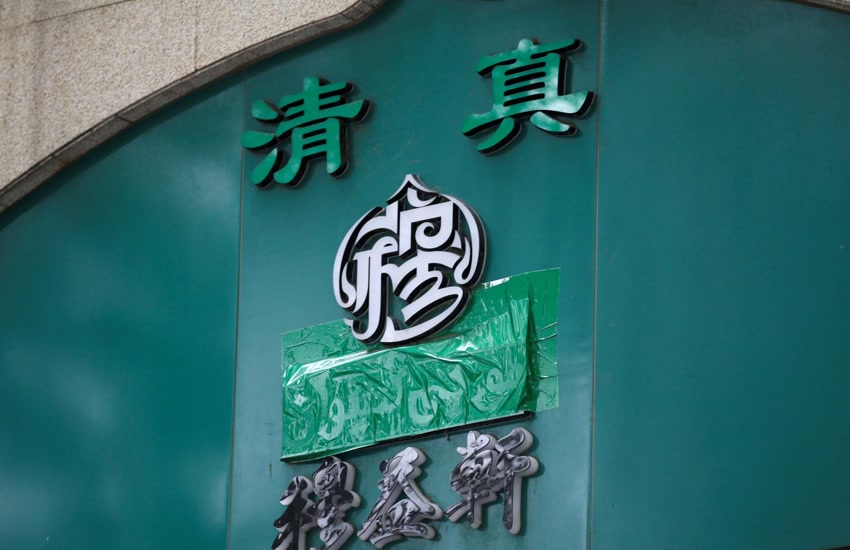
- April 5, 2025
- Alex
- 0
Table of Contents
ToggleNi hao, fellow travelers! As many of you know, China has become my second home. From the bustling streets of Shanghai to the serene landscapes of Yunnan, I’ve explored countless corners of this incredible country.
One question I get asked all the time, especially from my Muslim friends and followers, is: “How easy is it to guide eat halal in China?”
Well, I’m here to tell you that it’s absolutely possible – and delicious!
A Journey Through China’s Muslim Heritage
History and Influence of Islam in China
Before we get to the food, let’s appreciate the history. Islam has been a part of China for over 1,300 years, arriving via the Silk Road during the Tang Dynasty (7th century). Over time, distinct Muslim communities, most notably the Hui and Uyghur, have flourished, leaving an indelible mark on Chinese culture, architecture, and, of course, cuisine. Perhaps you’ll even want to experience a Chinese wedding venue or even see a Chinese style wedding gown while you’re here.
Diversity of Muslim Communities in China
The Hui people, who primarily speak Mandarin, are spread throughout China, while the Uyghurs, who speak a Turkic language, are mainly concentrated in the Xinjiang region. This geographical distribution is key to understanding the regional variations in halal food across China. Planning a China travel itinerary requires considering these regional nuances.
Is Halal Food Available in China? Absolutely!

Finding Halal Food in China
The short answer is yes! Halal food is definitely available in China, and often far more widely than many people expect. It’s more than just a niche offering; it’s woven into the fabric of Chinese culinary traditions. The key is knowing where to look and what to look for. Preparing a China packing list should definitely include items like translation apps to help you navigate.
Where to Find Halal Food in China: Your Culinary Compass
Halal Food in Key Regions and Cities

So, where are the best places to satisfy your halal cravings? Here’s a breakdown of key regions and cities:
If you’re considering moving to China, researching living in Beijing or another major city is a good first step. Speaking of Beijing, indulging in some Beijing barbecue is a must-do!
| City/Region | Specialty |
|---|---|
| Xi’an | Yangrou Paomo (lamb soup with bread), grilled lamb skewers |
| Beijing | Fried buns, mutton stew, noodle dishes |
| Gansu | Lanzhou Lamian (hand-pulled beef noodles) |
| Ningxia | Lamb soup, roast mutton |
| Shanghai | Dumplings, fried rice |
| Yunnan | Aromatic rice noodles, local snacks |
Decoding the Halal Symbol: How to Identify Halal Restaurants
Halal Certification in China
In China, halal certification is managed by recognized authorities and organizations. Look for the green logo with the Chinese characters “清真” (*qīngzhēn*), meaning “halal”. This symbol is usually displayed prominently at restaurant entrances or on food packaging. Many halal-certified restaurants also display a paper certification inside the establishment. If you’re unsure, don’t hesitate to ask the staff to show you their certification. Reputable establishments will be happy to provide proof.
Must-Try Halal Dishes in China: A Culinary Adventure
Diverse Halal Dishes in China
Ready to tantalize your taste buds? Here are some recommended halal dishes you absolutely must try:
- Lamb Kebabs (羊肉串 – Yángròu chuàn)
- Naan (馕 – Náng)
- Yangrou Paomo (羊肉泡馍 – Yángròu pàomó)
- Laghman (拉面 – Lāmiàn)
- Dapanji (大盘鸡 – Dàpánjī)
- Lanzhou Lamian (兰州拉面 – Lánzhōu Lāmiàn)
- Whole Roasted Lamb (全羊烤 – Quán yáng kǎo)
Final Thoughts: Embracing Halal Travel in China
China is a fascinating and rewarding destination for Muslim travelers. By doing your research, being prepared, and embracing the local culture, you can enjoy a truly unforgettable culinary experience. Don’t be afraid to venture off the beaten path, try new dishes, and connect with the friendly locals. With a little planning, you’ll find that guide eat halal in China is not only possible but also a delicious and enriching adventure! Consider a China itinerary 2 weeks or a China itinerary 10 days trip to make the most of your experience. If you need more time, a China travel itinerary 3 weeks will allow you to see even more.
So, pack your bags, sharpen your chopsticks, and get ready to explore the amazing halal food scene in China! And don’t forget to share your own discoveries and tips in the comments below. Happy travels!



